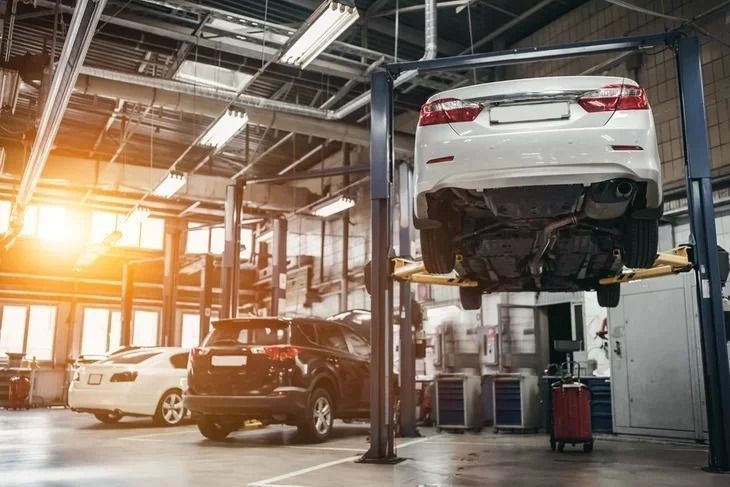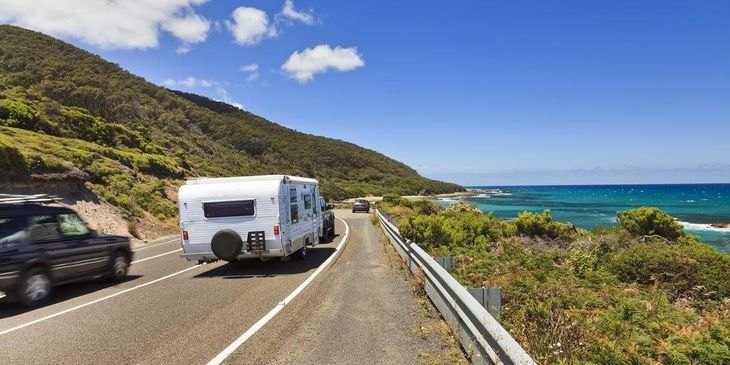New Haval H7 for South Africa: what to expect
The new Haval H7 is set to launch in South Africa in January 2025. Here’s a closer look at what we can expect, including likely powertrain options for the local market…
GWM South Africa plans to kick off the New Year with the launch of the new Haval H7, which is scheduled to hit the local market in January 2025 (having earlier been tipped for a 2024 arrival). So, what can we expect from this newcomer?
Well, though this SUV wears the “Big Dog” nameplate in its domestic market of China, it will be badged as the H7 here in Mzansi. This is despite GWM having earlier applied to protect the “Haval Dargo” moniker (another export name for this model) in South Africa, a trademark that was officially registered as recently as March 2024.

GWM first mentioned the H7 at its “Brand Renewal Conference” in February 2024. Then, during an interview conducted in Cars.co.za’s custom-built podcast booth at Naamsa’s South African Auto Week 2024 in Cape Town in October 2024, Desmond Els, Sales Director at GWM SA, confirmed the “H7 is on its way and will be introduced in Q1 [2025]”.
Now the Chinese firm’s local division has commenced a social-media teaser campaign for its latest boxy SUV, while also adding a dedicated H7 page to its website (with the latter confirming a local market launch is planned for January 2025).

Featuring a unibody configuration, the 2nd-generation Haval H7 (the first having never made it to local shores) measures 4 705 mm from nose to tail, with a wheelbase of 2 810 mm. That makes it some 52 mm longer than the closely related H6, a facelifted version of which is expected to arrive in South Africa in the 2nd quarter of 2025.
What sort of powertrains can we expect? Well, based on information released by GWM SA earlier in the year, we believe the H7 will offer a similar engine line-up to that of the H6. As such, we anticipate the H7 will be available with the automaker’s familiar turbocharged 2.0-litre, 4-cylinder petrol engine.

In the current SA-spec H6, this 2.0-litre motor generates 150 kW and 320 Nm, though these peak outputs rise to 175 kW and 385 Nm in the Chinese-spec “Big Dog”. The latter furthermore upgrades from the former’s 7-speed dual-clutch transmission to a 9-speed item.
In addition, a hybrid option at some point seems exceedingly likely considering GWM SA currently offers a dual-powered version of each of its other nameplates (bar the Ora, which is fully electric). Again, the H7 HEV could simply inherit the H6 HEV’s powertrain, which combines a turbocharged 1.5-litre, 4-cylinder petrol mill with hybrid gubbins, resulting in total system outputs of 179 kW and 530 Nm.

Another option, of course, is a plug-in hybrid (PHEV) powertrain, though this is a configuration not yet offered by GWM SA anywhere in its range – but one that is certainly in the company’s plans. In China, the Big Dog is available in a pair of PHEV configurations (each based on a 1.5-litre petrol unit), offering either 240 kW and 530 Nm (with a single electric motor on the front axle) or 278 kW and 750 Nm (with an electric motor fitted on each axle).
Expect the new H7 to be positioned above the H6, where it will likely serve as Haval’s flagship offering until the scheduled arrival of the larger H9 later in 2025. That said, the newcomer will surely be positioned below the body-on-frame Tank 300, which is incidentally in line to receive a turbodiesel engine in the opening quarter of 2025.
Related content
Facelifted Haval H6 confirmed for Mzansi!

















